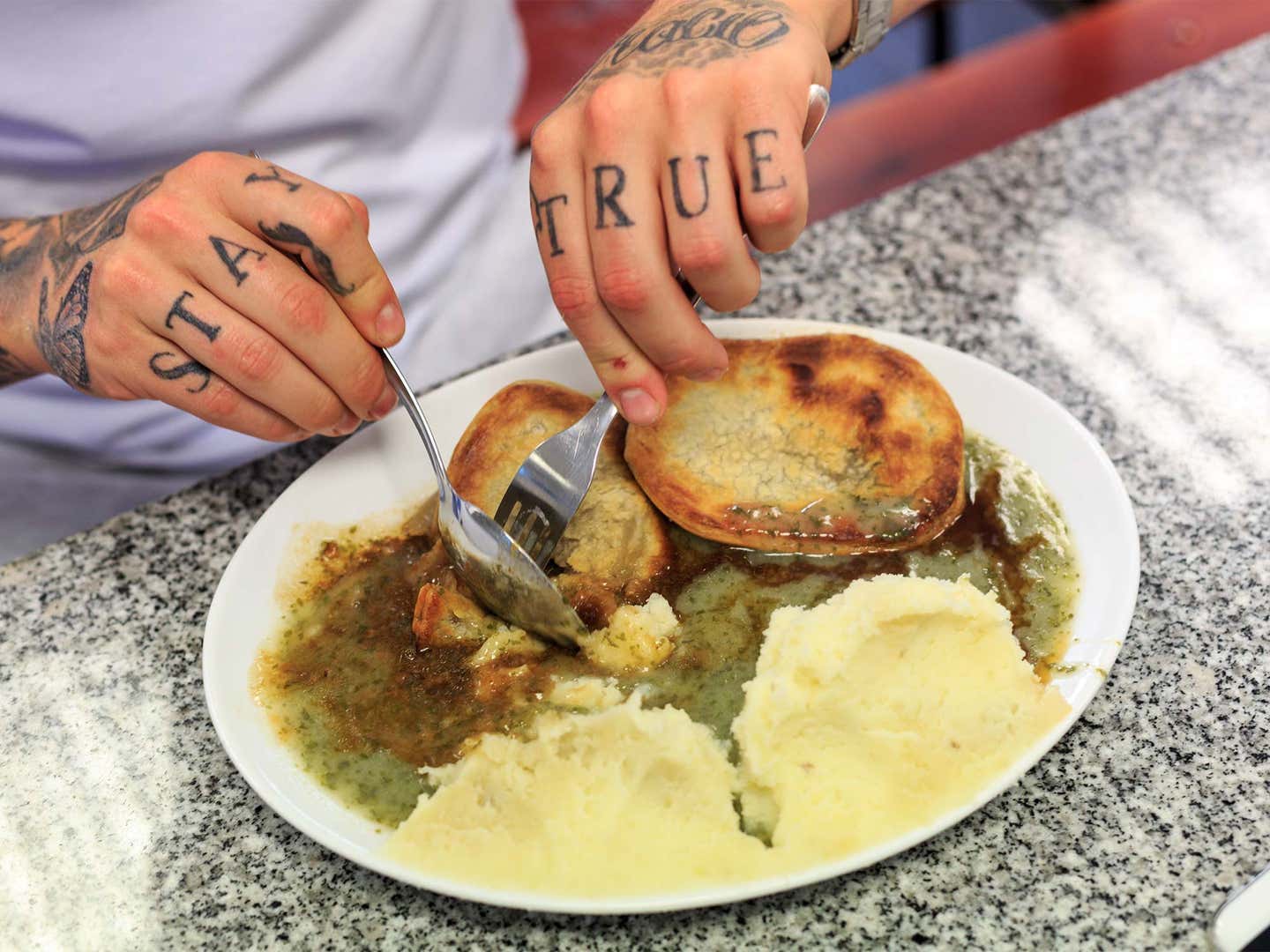
Inside London’s Disappearing Eel Shops
Photojournalist Stuart Freedman’s new book, The Englishman and the Eel, documents the city’s decades-old—and endangered—eel, pie, and mash shops
If Mrs. Lovett’s pie shop on Fleet Street were real, she might not have had to resort to cannibalistic meat pies to keep in business; she could have just bought better eels.
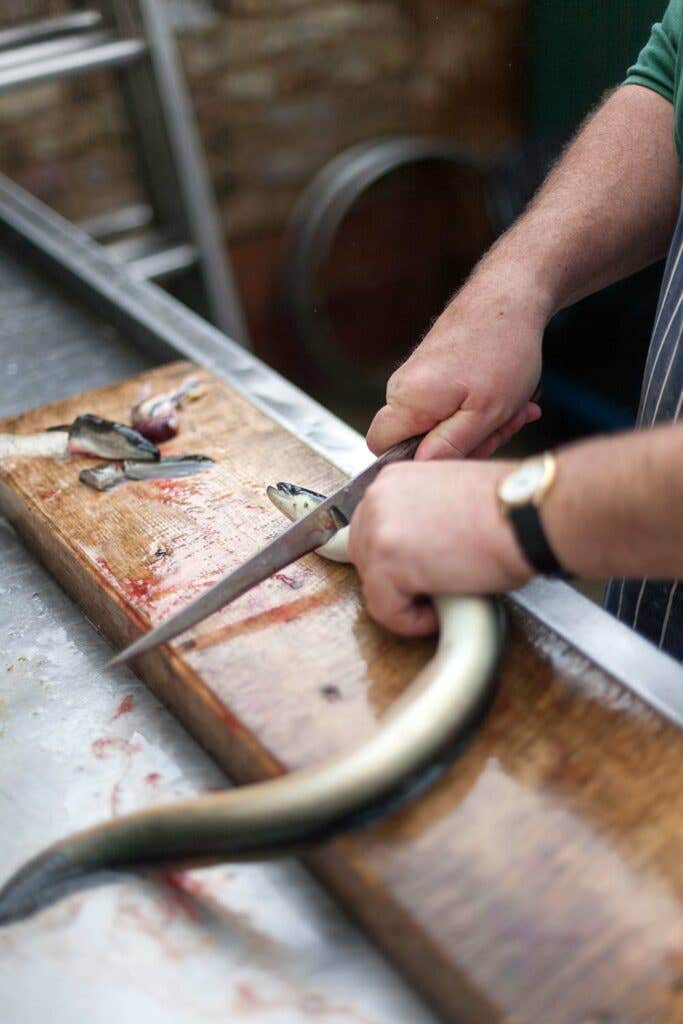
“Eels, long a staple of London food,” photojournalist Stuart Freedman writes, “were synonymous with the city and its people. In a capital dominated and bisected by the River Thames, they were once cheap and nutritious.”
Which is how eel became a quintessential food of the eel, pie, and mash[ed potato] shop, a centuries-old staple of London's working class that is now the subject of a new book, The Englishman and the Eel.
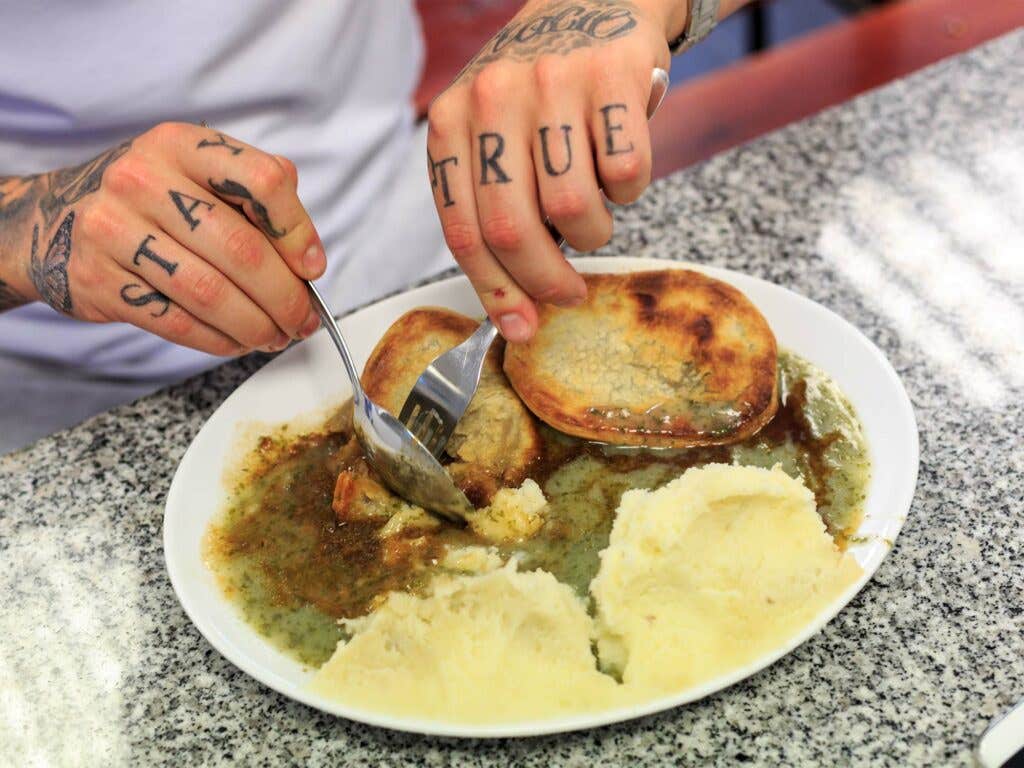
Freedman's 25-year career has taken him to more than 65 countries, including India, where he documented the fading tradition of the Indian Coffee House chain for his first book, The Palaces of Memory. Freedman focused on the Indian Coffee House in part because the shabby cafes reminded him of the eel, pie, and mash shops of his youth.
In the same way the Indian coffee house held memories of an era passed, “these simple spaces,” Freedman notes in the book, “hold within them the memories and a rich, largely undocumented cultural heritage of generations of working-class Londoners in a city whose only constant is change.”
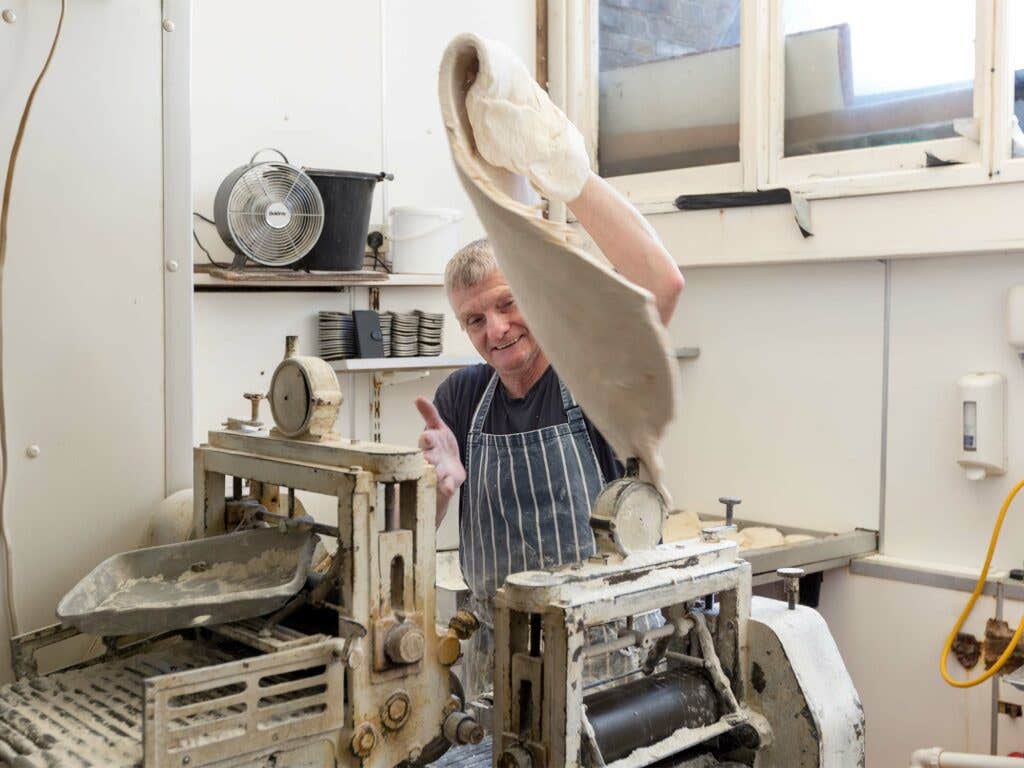
Eel, pie, and mash shops are monuments to a bygone era. The Englishman paints a portrait of this, and a quickly evolving East End, using the shops as a canvas. Today, only a handful of eel, pie and mash shops remain, mostly run by families that have passed their businesses through the generations. But they remain a portal to the London that once was, as well as a look at how the city is constantly changing.
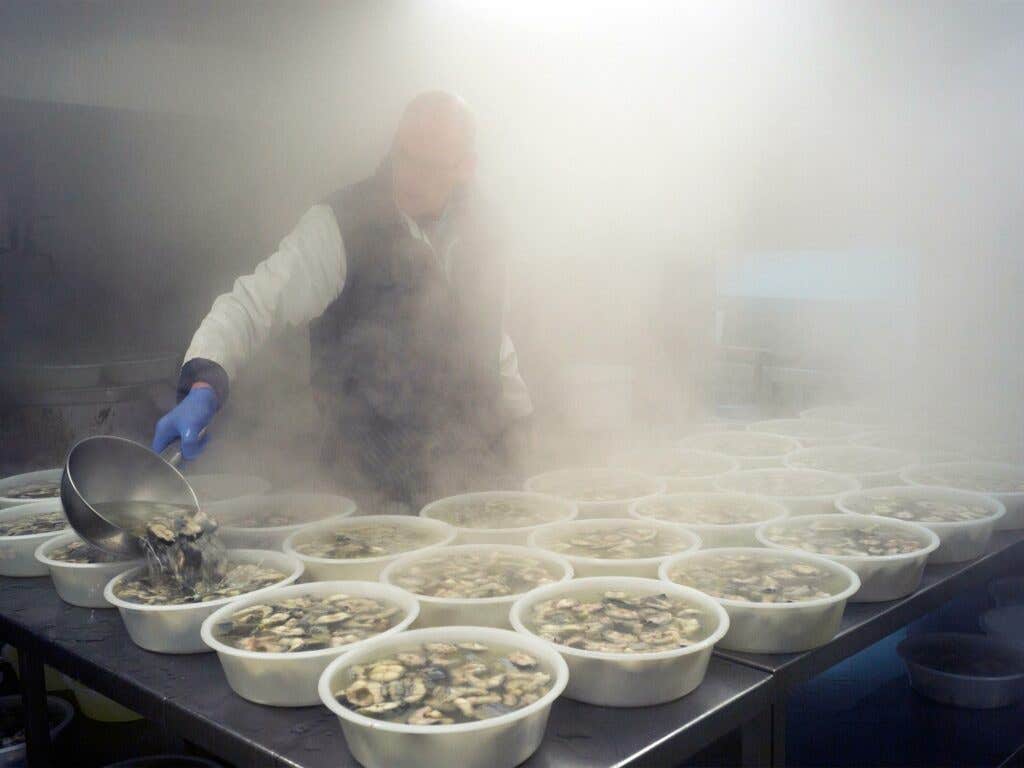
As with Palaces, Freedman is crowdfunding The Englishman through a Kickstarter campaign that just launched. I reached out to Freedman to learn more about eel and the London working class, and how these things fit with the British custom of mince meat pies and mashed potatoes.
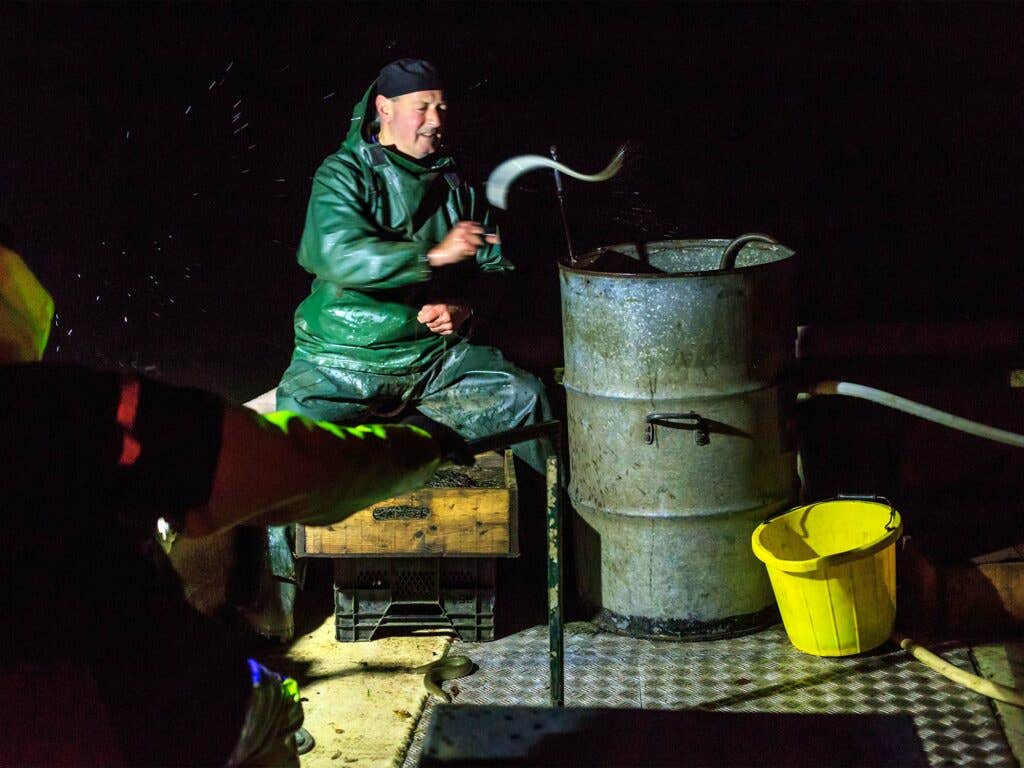
When did eel become a food for the working class?
Eels have always been a foodstuff for the London poor, since people lived by the river. The Roman occupiers in Londinium ate it, and it was spatchcocked (a grilling technique that sliced the eel lengthways) by the Anglo-Saxons. The willow baskets used to catch the eel were such a nuisance to river traffic that they were banned in the Magna Carta of 1215 (not that anyone took any notice). In early modern London, if you couldn't afford to eat meat, you could afford to eat eels.
Today you can eat eels jellied or stewed. Stewed eels are cooked slowly in a parsley liquor, and jellied eels, which are the traditional way to serve eels in London, are boiled in their own gelatinous liquor and then allowed to cool and set.
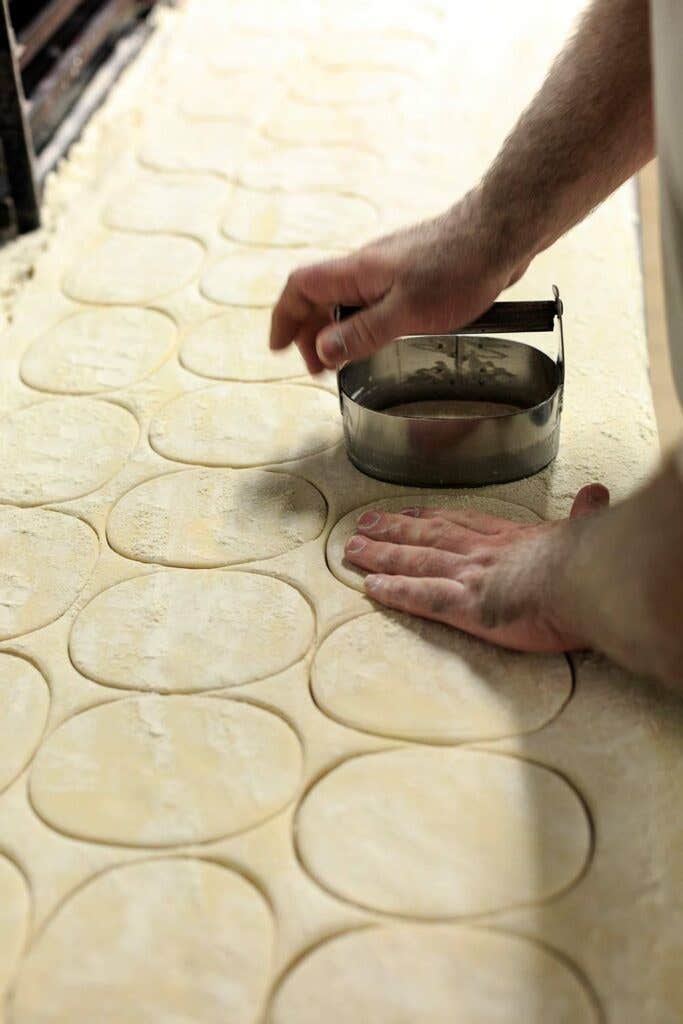
How did they come to be paired with meat pies and mash?
If I were making a restaurant menu I wouldn't necessarily put those two things together. You could just have pie and mash and a plate of eels on the side, or you could have eels and mash, or you could have the whole damn thing on the same plate. But I think there is a resonance with both eels and pies. They were easy street food, and cheap.
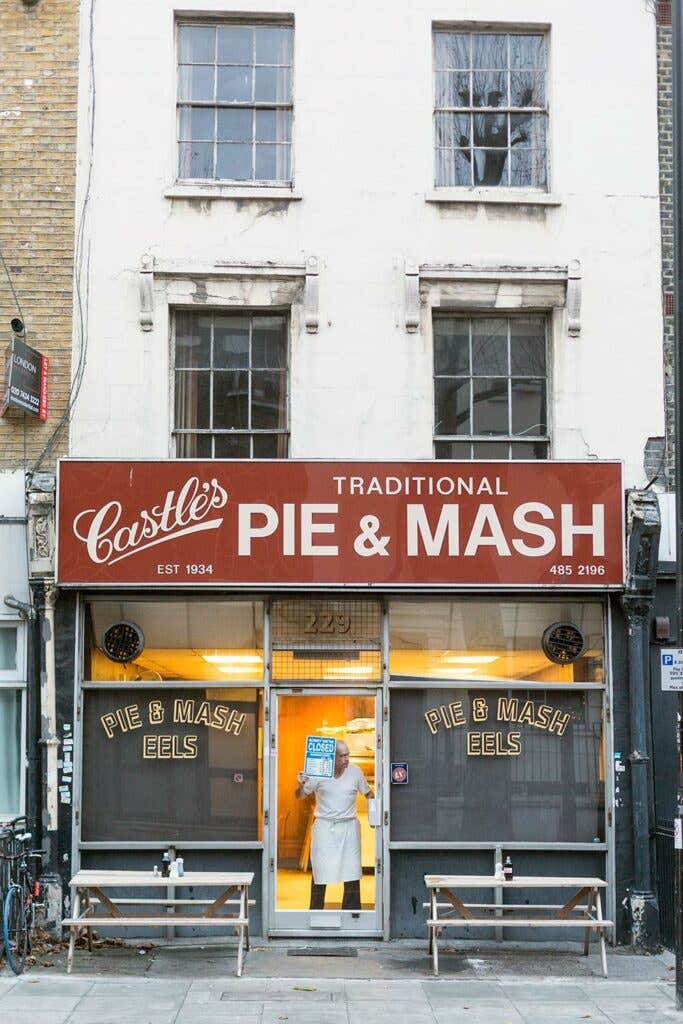
How old is the tradition?
There's a contentious history about who opened the first shop. But what seems to be clear is that Henry Blanchard opened the first one in Southwark in 1844, and then Robert Cooke opened one in Clarkenwell in 1862. But it was Michael Manzi, a peasant from Ravello, that started this pie empire. He bought a shop from Robert Cooke and started selling eels together with pie and mash. These early shops were seen as 'respectable,' and I think that's a really important word to use in Victorian London; working class restaurants where you could eat clean and relatively healthy food.
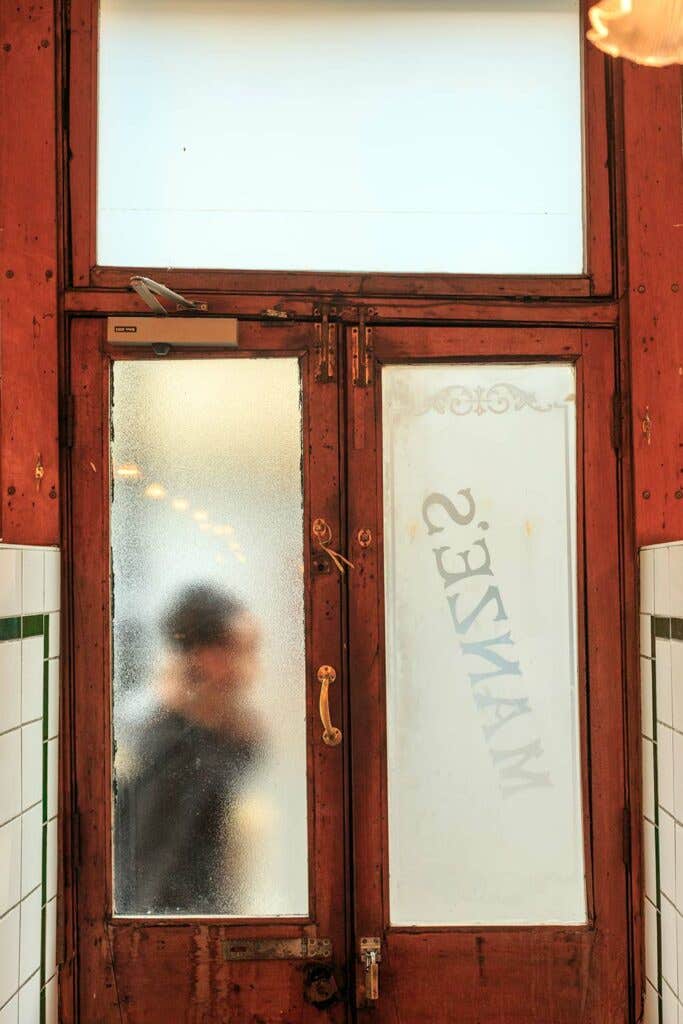
Your work has taken you across the world; what brought you back to London now?
After all these years working in the developing world I thought it would be interesting to come back to London and look at what had changed there, and look at the area where I grew up, which was not very nice. I wanted to find out about traditional London food as well, because everyone thinks it's fish and chips, which is just complete nonsense. Fish and chips are Yiddish. But pie and mash shops were landmarks when I was growing up in the 1970s.
I grew up in Dalston, in Hackney, which then was a kind of metaphor for poverty and inner-city deprivation. Now Dalston is one of the trendiest places in Western Europe, full of hipsters and nightclubs and coffee shops. But then it was very rough. And the pie and mash shops were kind of like the pubs and cafes you’d find everywhere.
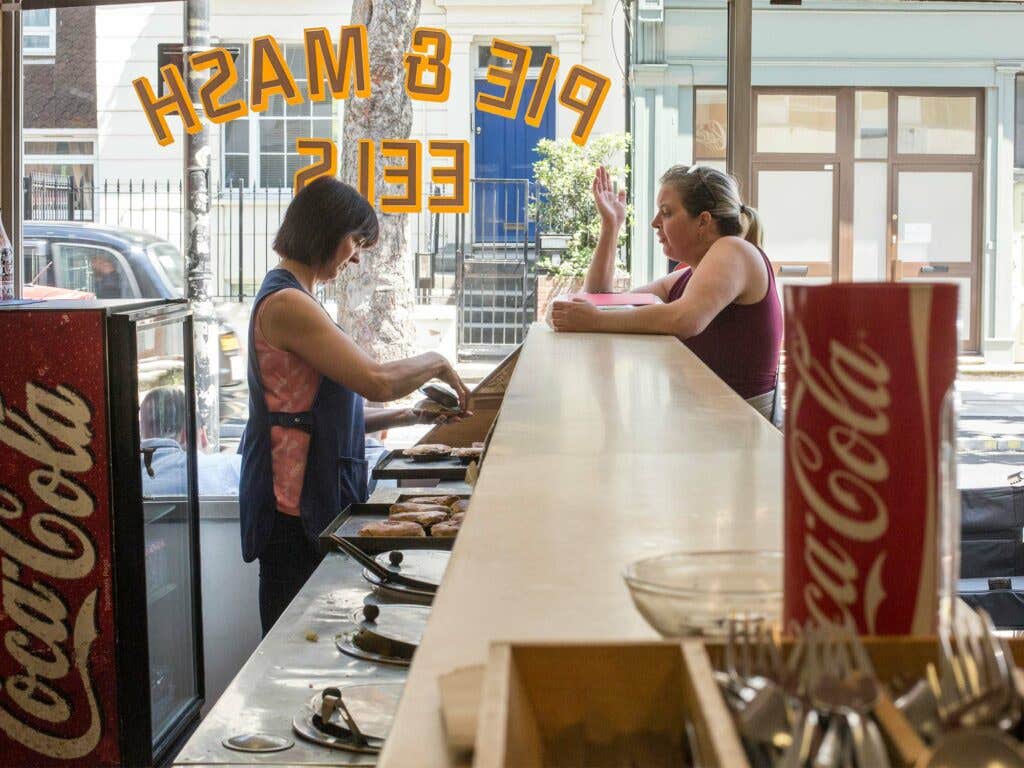
And who is the clientele today?
Mostly older people. Because, sadly, and I think this delineates quite clearly the change in the London working class, this idea of the Cockney. That kind of food has been surpassed, and was being surpassed in the 60s and 70s, by the opening of American-style bars and hamburger joints and fast food. And now younger people generally don't eat eels.
It’s a bit of an acquired taste, jellied eels especially. And I think for the older generation it’s a way to possibly remember the war, or just after the war, a time of austerity. There’s a kind of Proustian moment that brings them back to the austerity of the 40s and 50s, because that was the food people survived on. It was always cheap. It was always plentiful, whereas fresh fruit, fresh vegetables, meats, weren’t necessarily available.
Keep Reading
Continue to Next Story










